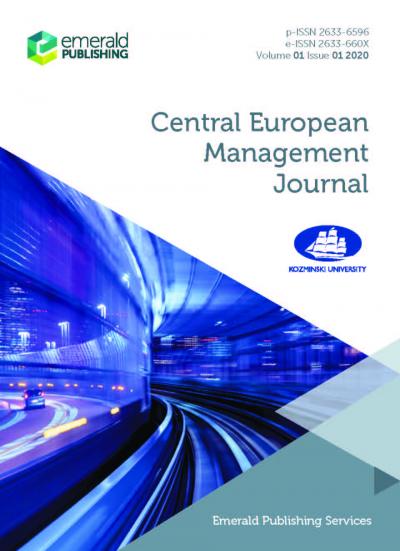Human Capital Versus Income Variations: Are They Linked in OECD Countries?
Jakub Bartak
Rzeszow University
Łukasz Jabłoński
Cracow University of Economics
2016 24 (2) Central European Management Journal
DOI 10.7206/jmba.ce.2450-7814.169








